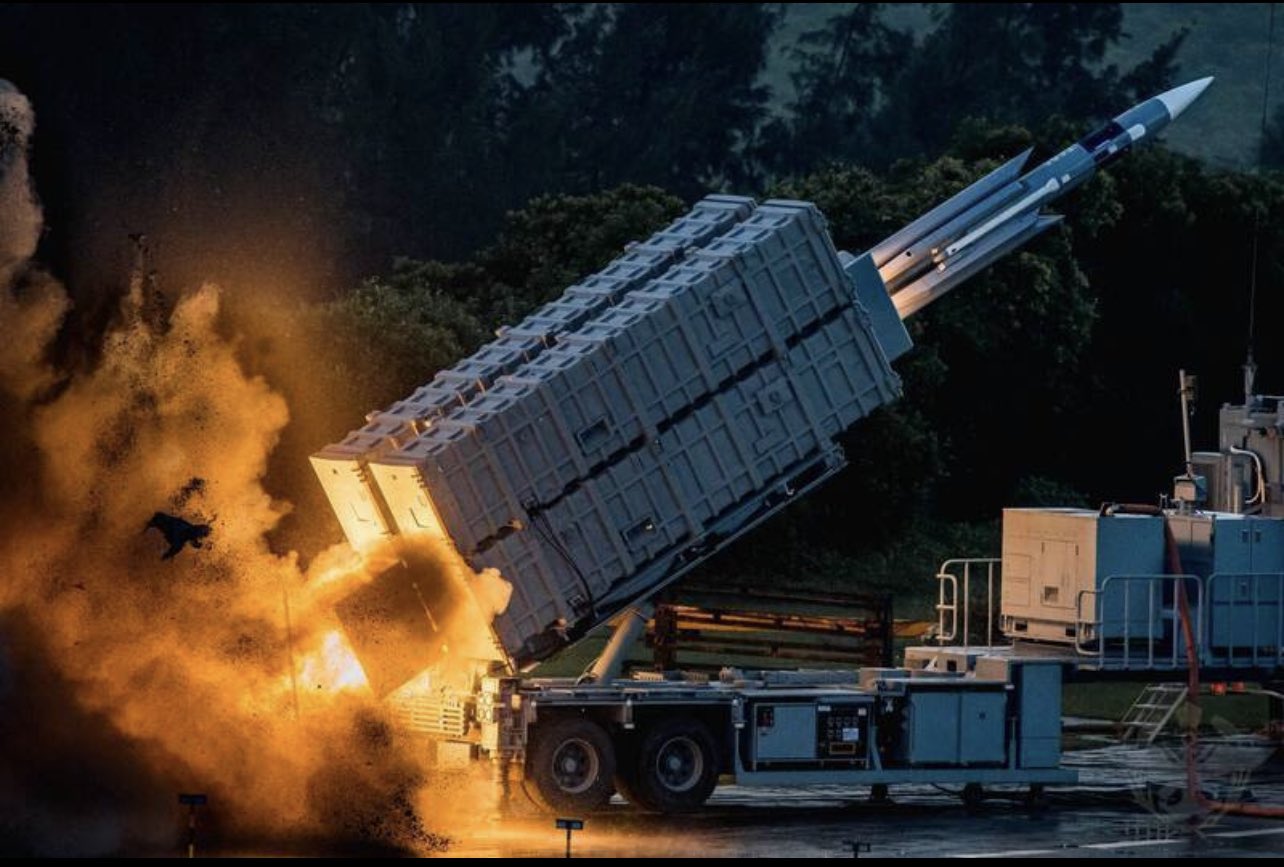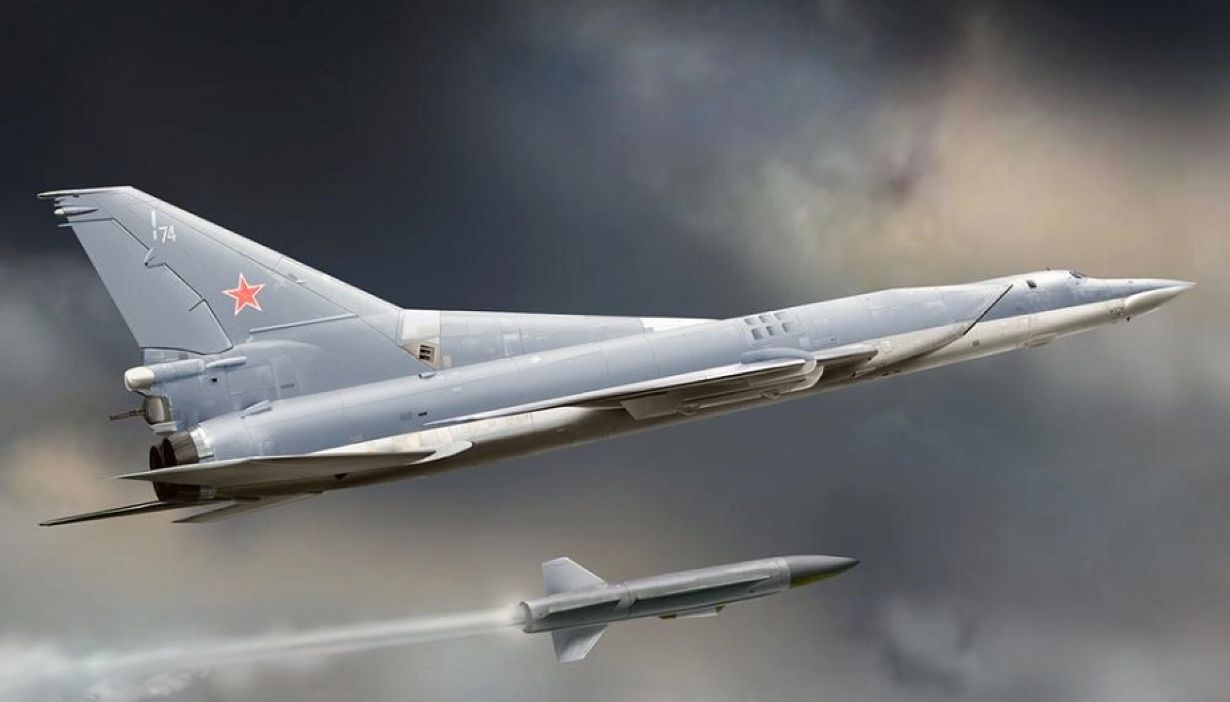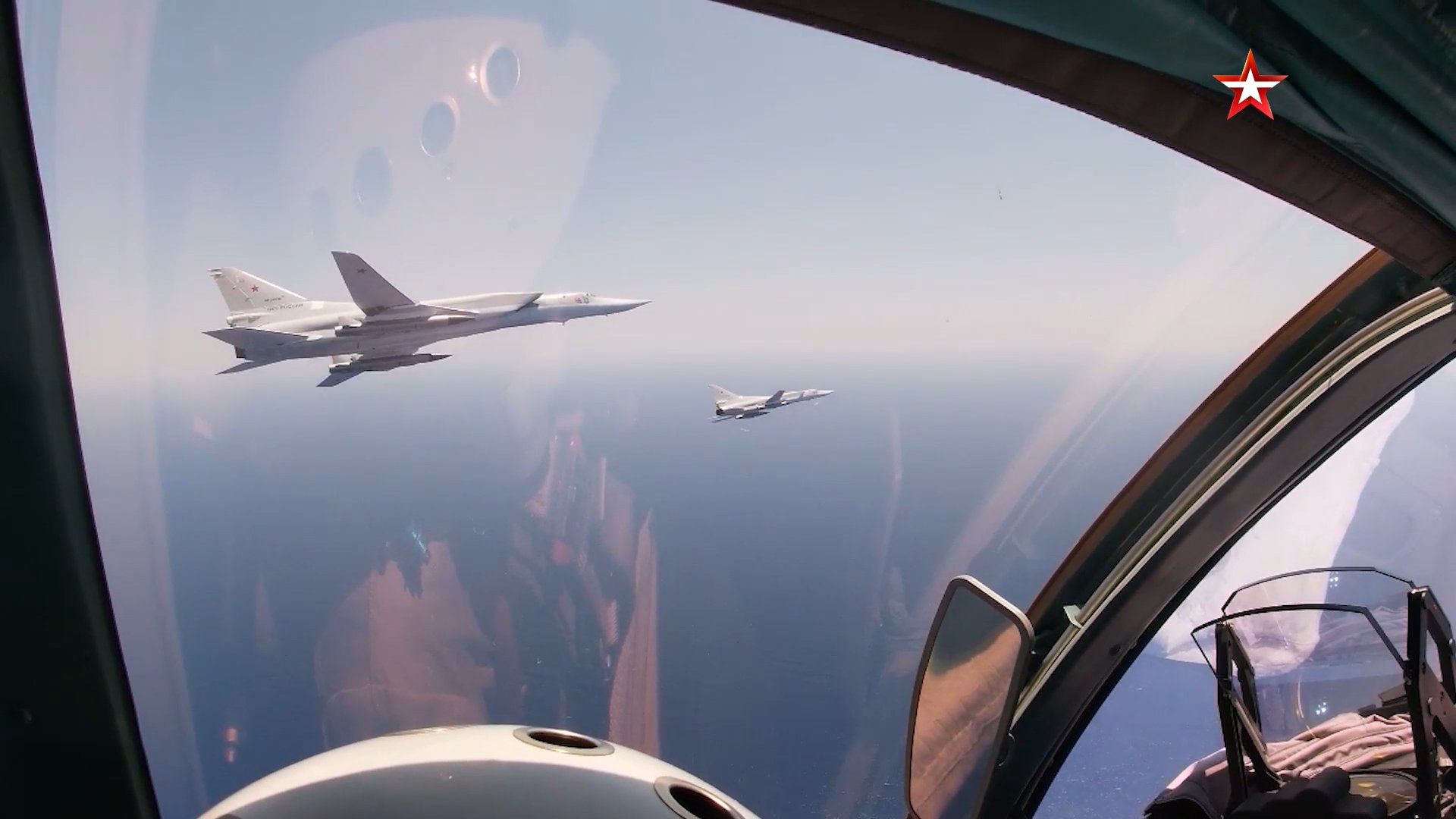A day after a nine-story building was struck by a deadly attack in Dnipro, reducing many floors to smoldering debris, the Ukrainian military has said that the country does not have a defense against the Kh-22 missile fired at the building.
Ukraine’s air force command claimed on Facebook on January 15 that the Kh-22 missiles Russia used in a recent attack on the Ukrainian city of Dnipro on January 14 could not be shot down by the nation’s air defense.
The Kh-22 is an anti-ship missile in the Russian inventory that has, over time, earned the moniker of an “aircraft carrier killer.”
Ukrainian Spokesperson for the Air Force of the Armed Forces of Ukraine Yuriy Ihnat, “This missile with a 950 kg (2,000-pound) warhead, which is called an ‘aircraft carrier killer,’ is designed to destroy aircraft carrier groups at sea.
It can be equipped with a nuclear element. And such a missile was used to hit a densely populated city. There is no explanation or justification for this terrorist act.”
The moment a Kh-22 anti-ship missile, with its one-ton warhead, slams into an apartment block in Dnipro. It produces a black mushroom cloud over the city. The missile was fired by Russia's 52nd Heavy Bomber Aviation Regiment, commanded by Colonel Oleg Timoshyn. pic.twitter.com/ofOyOhUuhS
— Euan MacDonald (@Euan_MacDonald) January 15, 2023
During the widespread missile attacks that caused mammoth destruction, five Kh-22 cruise missiles were launched from five Tu-22M3 long-range Russian bombers.
Later, more missiles were fired from the Sea of Azov and the Kursk Oblast in Russia. At around 3:30 pm on January 14, one of the Kh-22 missiles launched from Kursk Oblast struck a tall residential structure in the city of Dnipro.
“The Armed Forces of Ukraine have no firepower capable of shooting down this type of missile,” the Air Force said.
This is the area of Dnipro where the Russian Kh-22 anti-ship missile hit. It's an ordinary residential district. There's not a single target in the vicinity even tangentially related to the military. This atrocity should be urgently investigated as a war crime. pic.twitter.com/SyVaVjrhdC
— Euan MacDonald (@Euan_MacDonald) January 15, 2023
Earlier in May, a brief social media video clip offered the first glimpse of the Russian Tu-22M3 bomber engaged in combat during the crisis in Ukraine.
Two missiles were released quickly in the night-time scenario, which was captured from the pilot’s seat before they climbed to cruising altitude. The incident also saw the launch of the Kh-22 series supersonic cruise missiles.
Since the beginning of Russia’s military aggression, more than 210 missiles of this type have been launched at the territory of Ukraine. Air defense systems have shot down not a single one.
The missile’s launch location, height, and speed were all roughly picked up by Ukrainian radar, but it could not shoot down. The Kh-22 can vary from its intended target by hundreds of meters yet has a maximum range of up to 600 kilometers.
“Only anti-aircraft missile systems, which in the future may be provided to Ukraine by Western partners (we are talking about systems such as Patriot PAC-3 or SAMP-T), are capable of intercepting these aerial targets,” the Commander of the Ukrainian Air Force noted.

The United States and Germany have each announced a PAC-3 Patriot missile defense battery for Ukraine. Up to 100 Ukrainian soldiers will reportedly begin training on missile defense systems this week at Fort Sill in Oklahoma.
In addition, Ukrainian media recently reported that Italy had finally agreed to send the cutting-edge SAMP-T air defense system to bolster Kyiv’s air defense.
Even though Ukraine’s identification system is advanced enough to recognize the approaching missiles as Kh-22, they have yet to shoot one down successfully. While the Western air defense systems might allow Ukraine to intercept and shoot this missile down before it approaches its target, that could still take time.

Russia’s Aircraft Killer Missile Is Killing Ukrainian Residents
The Kh-22 Burya (Storm) was a Soviet anti-ship missile capable of launching a nuclear warhead. This was regarded as a long-range weapon at the time it was introduced. The Kh-22’s primary mission was to use its payload to obliterate US aircraft carriers and carrier combat groups.
Several Kh-22 variants were created shortly after its debut. Some of the variants were made with surface targets in mind. It could aim at dams, bridges, and other strategic targets. The Kh-22 air-launched missiles with conventional warheads were regularly used against Ukrainian targets in 2022 during the Russian invasion of Ukraine.
The liquid-fueled rocket that powers the delta-wing missile is typically fired from a Tu-22M3 flying at a speed of Mach 1.5. After then, the missile accelerates to Mach 3 before descending toward its target. The missile drops sharply and reaches a top speed of almost Mach 4 during its terminal phase.
The most frequently deployed variant of the Kh-22 missile is the Kh-22N. Russian Tupolev Tu-22M3 bombers can carry up to three of these missiles from stand-off distances.

These missiles have proved incredibly imprecise, especially in densely populated areas. The Kh-22 missiles frequently hit civilian targets while missing their objectives by several hundred meters.
They have been used extensively in Ukraine due to decreasing stocks of more precise, modern long-range weapons in the Russian inventory. However, due to lack of precision, they cause large-scale human casualties, as has been showcased on several occasions in the ongoing conflict.
Russia has launched a renewed strike in Eastern Ukraine, with the Russian President Vladimir Putin asserting that the military operation in Ukraine had gathered speed and that he hoped his army would produce additional victories. Against that backdrop, using Kh-22 missiles could see an uptick in the foreseeable future.
- Contact the author at sakshi.tiwari9555 (at) gmail.com
- Follow EurAsian Times on Google News




